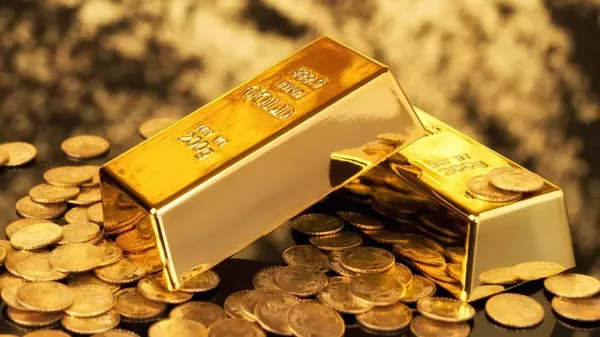Renowned investor and bestselling author Grant Cardone believes that the recent surge in gold prices signals more than just market volatility — he views it as a clear indicator that the Federal Reserve is likely to cut interest rates soon.
As reported by Benzinga, Cardone highlighted on X (formerly Twitter) that the sharp rise in gold value reflects deeper economic instability. “Gold is acting like we are in a depression. Rates will drop like a rock,” Cardone posted, referencing gold’s climb to nearly $3,500 per ounce — a dramatic jump from just $2,000 per ounce at the end of 2023.
Why Gold’s Rise Matters
Historically, investors flock to precious metals like gold during times of economic distress and when confidence in the US dollar wanes. As gold prices rise, it often signals heightened financial insecurity, inflation concerns, and a declining dollar. Cardone argues that this trend forces the Fed into action.
According to Cardone, the Federal Reserve may have no choice but to lower interest rates to stabilize a faltering economy and address reduced purchasing power. “The higher the value of gold, the more likely the Fed is to drop rates,” he asserts.
Historical Precedent Supports the Theory
Cardone draws a comparison to events in 2019. During that period, former President Donald Trump’s tariff-heavy trade war with China weakened the US dollar and led to a significant uptick in gold prices. In response, the Fed cut rates three times over three consecutive months — August, September, and October — to ease economic pressure.
Today, the United States finds itself in a similar position, with a broadening trade conflict and declining faith in the dollar. Gold’s rapid appreciation mirrors those earlier warning signs, lending weight to Cardone’s predictions.
Risks Remain: Stagflation and Policy Dilemmas
However, Cardone also acknowledges the complexity of economic forecasting. If the Fed prioritizes fighting inflation by raising interest rates despite a weakening dollar, the country could slip into stagflation — a troubling mix of slow economic growth, high inflation, and rising unemployment.
This potential scenario underscores the risks of relying too heavily on one economic indicator, even one as historically reliable as gold.
Advising Balance in Uncertain Times
In light of the uncertain outlook, experts suggest that investors maintain a balanced and diversified portfolio. While precious metals like gold can provide a hedge against inflation and economic volatility, abandoning equities and dollar-based assets altogether may prove risky.
By maintaining investments across asset classes, including stocks and commodities, investors can position themselves to weather potential shifts in monetary policy and market conditions.


